Nanocrystalline FINEMET-type alloys (FeSiBCuNb ) having average grain diameter ~ 10 nm , obtained by the devitrification of rapidly solidified (typically 20 mm thick ribbons) amorphous alloys are attractive for applications due to their excellent soft magnetic properties e. g. – high saturation magnetic induction comparable with Fe-based amorphous alloys and large permeability as observed in Co-based metallic glasses. In Finemet type alloys the presence of small amount of Cu enhances the nucleation rate, while presence of Nb inhibits the grain growth, resulting in nano-crystallization which proved to be key factor for obtaining the particular ultra fine grain structure.
It has been shown that the random orientation of tiny grain size leads to a substantial reduction of the magneto-crystalline anisotropy leading to an extremely soft magnetic material. Basic mechanism for the soft magnetic behavior of nano-crystalline ferromagnets is that the local magneto crystalline anisotropy gets randomly averaged out for grain sizes smaller than the ferromagnetic exchange length, similar to the case of amorphous alloys, resulting in D6 (D – average grain size) dependence of coercivity that leads to an extraordinary decrease of coercivity with decreasing grain size. However, it is not only enough to reduce the grain size, one crucial point is also to maintain an efficient exchange coupling between the grains by appropriate alloy design such that the Curie temperature of the inter-granular layer is higher than application temperatures. Attempts have been made to improve magnetic properties to obtain a material working at high temperatures and high frequencies and Co is found to be effective for this purpose. Controlled addition of Co enhances the Curie temperature of the resulting nanocrystalline material while good magnetic properties are also observed at high temperatures due to the presence of Fe-Co-Si nanograins, thus making these materials more suitable to work at high temperature.
The present book is managed in the form of four topics.
First topic gives detailed information about the history, development and current research interests in the field of soft magnetic nanocrystalline materials. The chapter introduces and justifies the importance of studying soft magnetic nanocrystalline materials from view point of fundamental research and industrial applications.
Second topic gives the basic principles of the various experimental techniques used for the structural investigations e.g. – X-ray diffraction, Mössbauer spectroscopy and Differential Scanning Calorimetry for determination of first crystallization peak temperature. A digital hysteresis loop tracer based on conventional induction technique has also been built successfully in order to perform the magnetic measurements. The set up was tested extensively on several known and unknown samples to ensure that the equipment is working properly. The equipment is being used to measure hysteresis loops of various melt-spun soft magnetic amorphous and devitrified nanocrystalline alloys of various compositions and also after various thermal treatments. These hystsresis loops are being used to obtain hysteresis parameters using dedicated software, developed for the purpose. There are wide options available for sources to drive the resistive load but those are not suitable for inductive load For specific inductive load a Power Operational Amplifier based high current – high voltage constant current source is designed, assembled and tested for its application as a part of digital hysteresis loop tracer.
Third topic reports the influence of Co addition on structural and magnetic properties of the as-cast and nanocrystalline Fe-Co-Nb-Cu-B alloys obtained by thermal annealing to get various stages of nanocrystallization. Fe58Co25Nb7Cu1B9 (M83) and Fe60Co25Nb6Cu1B8 (M85) alloys were investigated in as-cast state and after nano-crystallization we have observed that there is formation of bcc Fe-Co Intermetallic phase and variation of coercive field for the studied samples suggests that nano-crystallization leads to the magnetic softening, whereas the increase in the grain size leads to the increase of the coercive field. Influence of successive Co addition on structural and magnetic properties of nanocrystalline (Fe100-xCox)78Si9Nb3B9Cu1 (x = 0, 20, 40 and 60) alloys is also reported in this chapter.
Fourth topic summarizes the detailed investigations, in order to study the effect of the influence of rapid stress annealing, in particular discussing the influence of applied stress used during annealing at various temperatures to obtain a correlation between annealing parameters, obtained structural and the magnetic properties associated with it. The influence of rapid stress annealing on structural and magnetic properties of nanocrystalline Fe(75-x)CoxCu1Nb3Si15B6 (x = 0, 2, 5) alloys in the form of thin ribbons is discussed using the complementary information obtained by room temperature Mössbauer spectroscopy, X-ray diffraction (XRD) measurements. This chapter also reports the influence of Nb content on structural properties of stress annealed Co21Fe64-x NbxB15 (x = 3, 5, 7) alloys. The results obtained using DSC, XRD, Mössbauer spectroscopy, length change measurements and magnetic measurements are discussed in detail.
The author would be grateful for bringing out constructive and fruitful suggestions for substantial improvement of the book.
— Shailendra Singh Khinchi

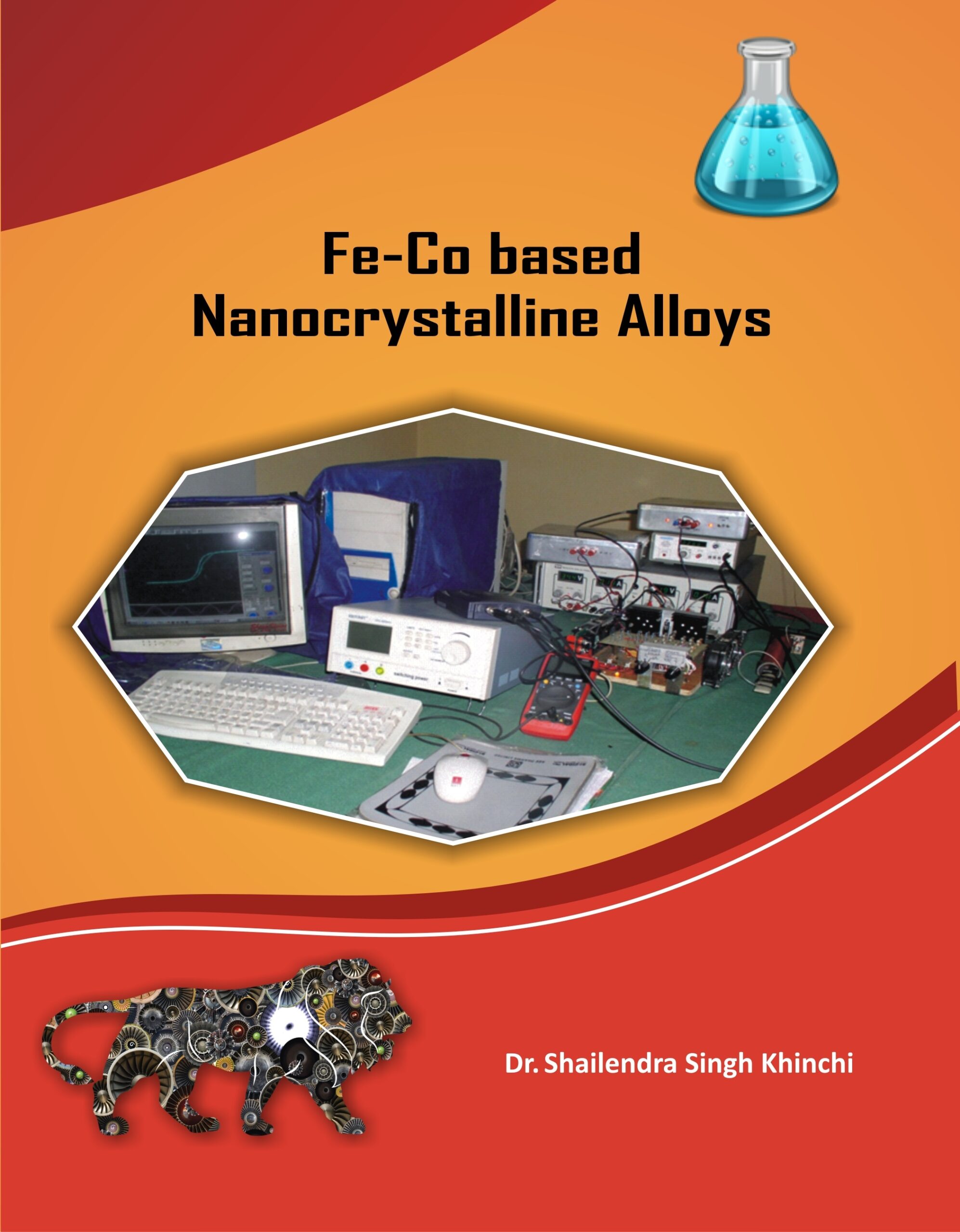


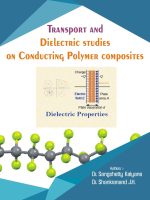
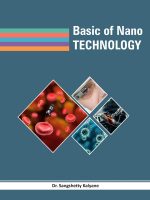

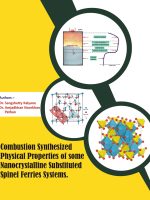


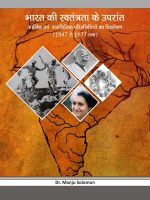

Be the first to review “Fe-Co Based Nanocrystalline Alloys”
You must be logged in to post a review.